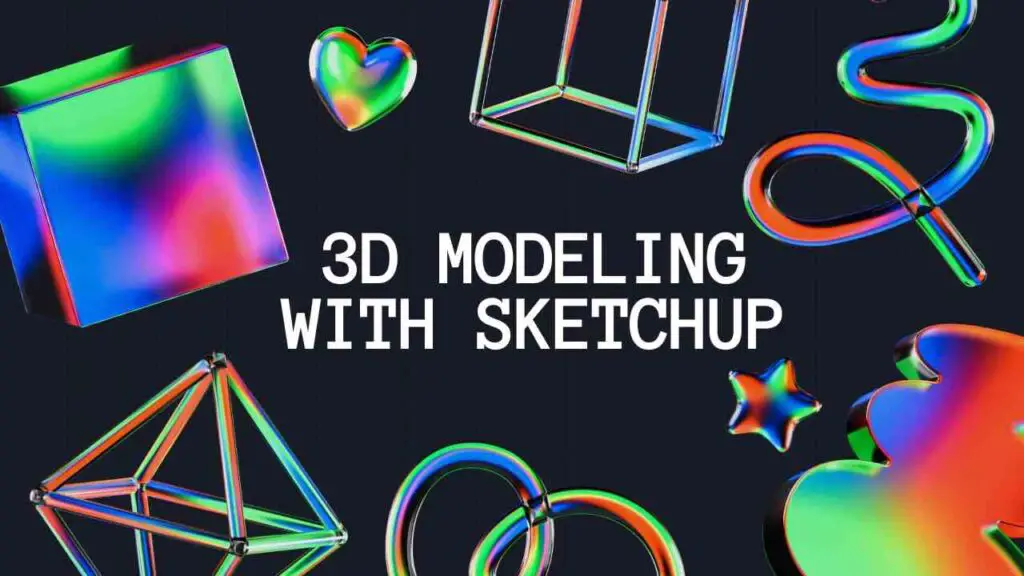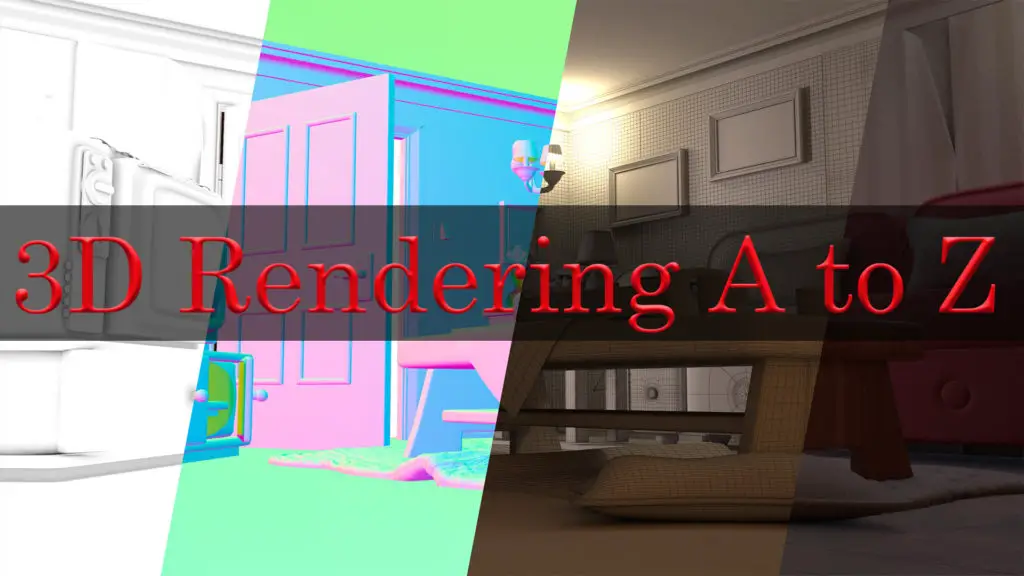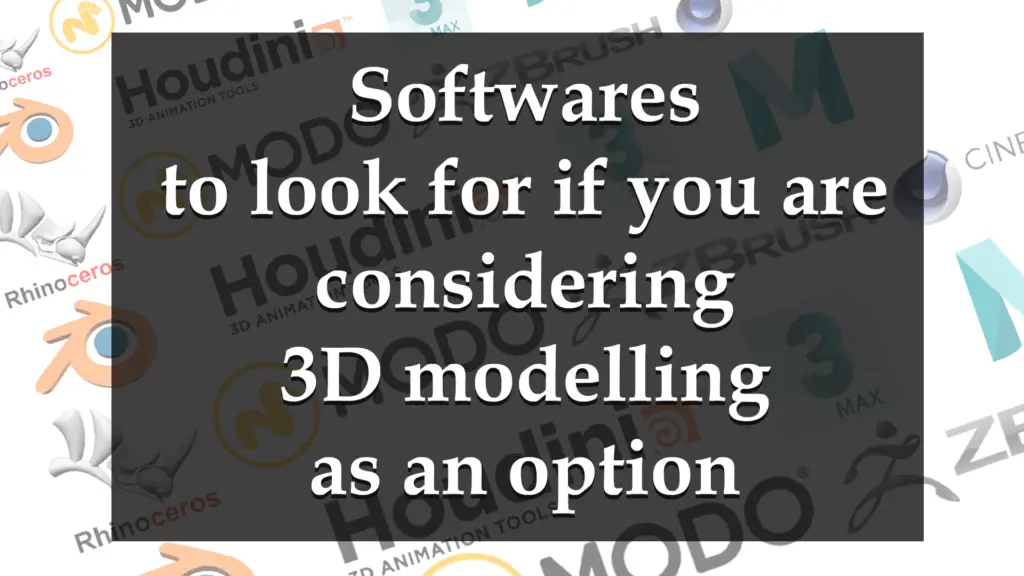THIS ARTICLE MAY CONTAIN AFFILIATE MARKETING LINKS! IN CASE YOU MAKE A PURCHASE THROUGH ONE OF THE LINKS, WE'LL GET A SMALL COMMISSION. WITH NO EXTRA CHARGES TO YOU. THANKS!!
3D modeling with SketchUp stands as a paragon of accessibility and efficiency. This article embarks on a journey into the world of SketchUp, a tool that has democratized 3D design for professionals and hobbyists alike. With its intuitive interface and robust feature set, SketchUp transforms complex modeling tasks into a seamless flow of creativity. Whether you’re crafting architectural masterpieces or designing bespoke furniture, SketchUp’s versatility makes it an indispensable asset in the 3D modeling landscape. As we delve deeper, we’ll uncover the nuances that make SketchUp a favorite among designers and explore how it continues to shape the future of 3D visualization.
3D Modeling With SketchUp
SketchUp, a revolutionary 3D modeling software, has carved a niche for itself in the design world with its user-friendly interface and robust functionality. It is celebrated for its ‘Push and Pull’ method, which allows even novices to dive into the world of 3D modeling with relative ease. SketchUp’s versatility is evident in its wide range of applications, from architectural design to interior decorating, and from landscape architecture to video game creation. The software’s intuitive tools enable users to create, modify, and share their designs with unprecedented speed and precision.
One of SketchUp’s most compelling features is its extensive library of models and textures, which can be accessed through the 3D Warehouse. This resource is invaluable for both beginners and seasoned professionals, providing a vast array of pre-built models that can be used as-is or modified to fit specific project needs. Furthermore, SketchUp’s integration capabilities allow for enhanced collaboration and the use of additional extensions to expand its functionality. This means that whether you’re working solo or as part of a team, SketchUp can adapt to your workflow, making it a flexible tool for projects of all sizes.
The software’s commitment to accessibility extends to its learning resources. New users can quickly become proficient by exploring the wealth of tutorials and guides available online, which cover everything from the basics of navigating the workspace to advanced modeling techniques. For those looking to create their first 3D model, SketchUp offers a beginner-friendly introduction that walks users through the process of drawing basic shapes and transforming them into complex 3D objects. This hands-on approach to learning ensures that users can rapidly develop the skills needed to bring their creative ideas to life.
In summary, SketchUp stands out as a 3D modeling tool that balances simplicity with power. Its ease of use does not compromise on quality, making it an ideal choice for anyone looking to enter the 3D modeling space or enhance their existing skill set. With SketchUp, the only limit is one’s imagination, as it opens up a world of possibilities for creating detailed, accurate, and visually stunning models in the third dimension.
Begin Your 3D Journey
Starting 3D modeling in SketchUp is an exciting journey into the world of digital creation. The first step is to download and install SketchUp, choosing between the free version for beginners or the Pro version for advanced users. Once installed, you’ll select a workspace template that matches the type of model you’re working on, such as architectural design or interior decoration. SketchUp’s interface is designed to be intuitive, with a focus on the most important tools that are easily accessible for new users.
The axes are your guide in SketchUp, helping you understand the 3D space. You’ll begin by drawing basic 2D shapes like lines, rectangles, and circles, which are the building blocks of your model. The ‘Push and Pull’ tool is a fundamental feature that allows you to extrude these 2D shapes into 3D forms, bringing your model to life. Movement controls are crucial for navigating around your model, and understanding how to orbit, pan, and zoom will give you the right perspective for detailed work.
SketchUp encourages a safe workflow with features like undo and autosave, ensuring that you can experiment without fear of losing progress. As you become more comfortable with the basics, you’ll start making your first 3D object, learning to move, push, pull, cut, rotate, scale, copy, and delete elements to refine your design. With practice, these actions become second nature, allowing you to focus on the creative aspects of modeling.
As you advance, you’ll discover SketchUp’s vast library of materials and components, which can be applied to your model for a realistic appearance. The software also offers a range of plugins and extensions, enabling you to customize your experience and expand your capabilities. With a supportive community and a plethora of online resources, you’ll find that starting 3D modeling in SketchUp is not just about learning a new software—it’s about joining a community of creators who share your passion for design.

A Quick History about SketchUp
The history of SketchUp, a widely acclaimed 3D modeling software, is a tale of innovation and evolution. It began as a brainchild of startup company @Last Software, co-founded by Brad Schell and Joe Esch in 1999. The initial vision was to create a 3D content creation tool that was both powerful and user-friendly, tailored for design professionals. This vision came to fruition with the release of SketchUp in August 2000, quickly garnering attention for its ease of use and intuitive ‘Push and Pull’ method, which allowed users to extrude flat surfaces into 3D shapes.
SketchUp’s journey took a significant turn when Google acquired @Last Software in March 2006, drawn by the software’s potential and its synergy with Google Earth through a developed plugin. This acquisition led to the release of Google SketchUp 6, a free version that expanded the software’s reach to a broader audience. Google also introduced SketchUp Pro 6, which included advanced features like Google SketchUp LayOut for creating 2D presentations of 3D models.
Under Google’s stewardship, SketchUp saw several updates, including the integration of SketchUp’s Component Browser with Google 3D Warehouse and the introduction of dynamic components in SketchUp 7. The software continued to evolve, with SketchUp 8 bringing geolocation with Google Maps and Building Maker integration. However, in 2012, Google sold SketchUp to Trimble, marking a new chapter in its history. Trimble has since continued to develop SketchUp, maintaining its legacy as a general-purpose 3D modeling tool that strikes a balance between power and ease of use, catering to a diverse range of users from architects to filmmakers.
Today, SketchUp is available in various forms, including a web-based application, SketchUp Free, and paid subscriptions like SketchUp Shop, SketchUp Pro, and SketchUp Studio, each offering different levels of functionality to suit the needs of various users. With a commitment to keeping the software accessible and community-driven, SketchUp remains a cornerstone in the 3D modeling landscape, shaping how professionals and enthusiasts alike create, visualize, and share their work in three dimensions.
Where to Learn SketchUp?
For those looking to learn SketchUp, there are a multitude of resources available that cater to all skill levels, from beginners to advanced users. Here are some great options:
- SketchUp Campus: This is the official learning portal for SketchUp, offering a comprehensive range of courses that cover everything from the fundamentals to more advanced topics like V-Ray for SketchUp and LayOut design package. The courses are self-paced, allowing learners to progress at their own speed.
- Online Tutorials and Courses: Websites like Coursera, Udemy, and Skillshare offer a variety of SketchUp courses. These platforms often feature step-by-step tutorials created by industry professionals and can range from free to paid options, depending on the depth of the course content.
- YouTube: YouTube is a treasure trove of free educational content, and SketchUp is no exception. There are numerous channels dedicated to SketchUp tutorials, offering visual guides on how to use the software for various applications.
- Community Forums: SketchUp has a vibrant community of users who share tips, tricks, and tutorials. Forums like SketchUcation and the official SketchUp Community are great places to ask questions and learn from experienced users.
- Books and eBooks: For those who prefer learning from written material, there are books and eBooks available that cover SketchUp in detail. These can be found on online retailers or through library services.
- Local Workshops and Classes: Some community colleges, tech schools, and local design firms offer workshops and classes on SketchUp. This in-person learning experience can be beneficial for those who prefer a hands-on approach.
- SketchUp’s Official Blog: The SketchUp blog often features tutorials, updates, and case studies that can provide valuable insights into how to use the software effectively.
By utilizing these resources, anyone can start learning SketchUp and begin creating 3D models with confidence. Whether you prefer self-study through online courses and tutorials, interactive community forums, or structured classes, there’s a learning path that suits your style.
Conclusion
In the landscape of digital design, SketchUp has established itself as a cornerstone, bridging the gap between professional-grade complexity and user-friendly simplicity. This journey through the world of 3D modeling with SketchUp has illuminated the software’s versatility, from architectural marvels to intricate product designs. SketchUp’s intuitive interface, coupled with a robust suite of tools, makes it an ideal choice for anyone looking to bring their three-dimensional visions to life.
As we close this chapter, it’s clear that SketchUp is more than just a tool; it’s a canvas for creativity, a platform for innovation, and a community of passionate designers. Whether you’re taking your first steps in 3D modeling or you’re a seasoned professional refining your craft, SketchUp offers a pathway to express your ideas in new and exciting dimensions. The future of 3D modeling is bright, and with SketchUp, the possibilities are as limitless as your imagination. So go ahead, sketch your dreams into reality.







